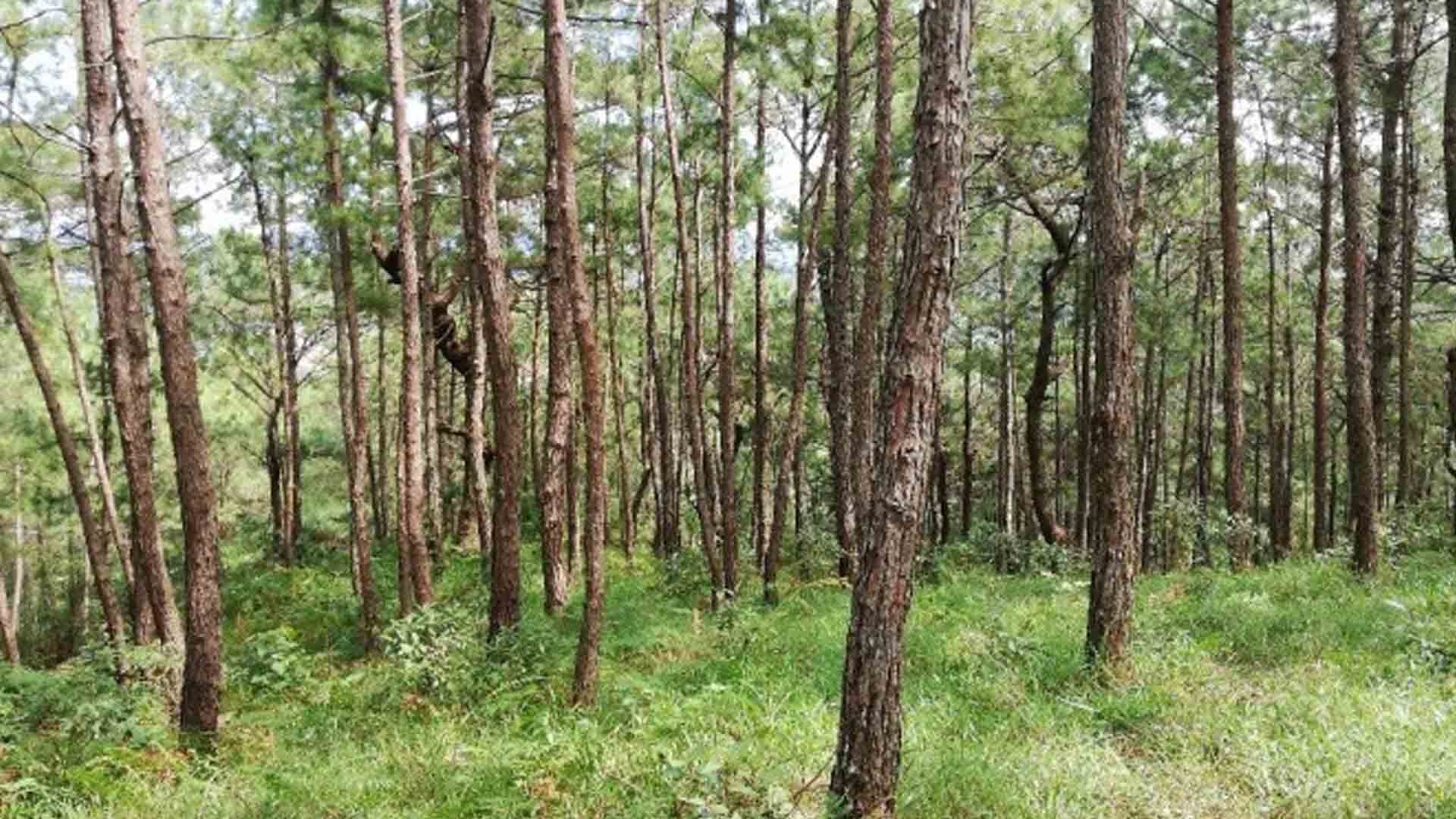The city government has already identified and tagged 5,000 pine trees at the Busol watershed as part of its protection and conservation plans in one of the country’s remaining forest reserves.
City Planning and Development officer Donna Tabangin on Tuesday said the inventory will be a major component of the ongoing preparation of the Busol Forest Management Plan, the updating of the Comprehensive Land Use Plan, and the Urban Regreening Program
“The city must include [the inventory in] its thrust to revitalize the environment and arrest urban decay,” she said.
The official said the activity started in April and is expected to be completed this June.
“To assure proper identification, the Department of Environment and Natural Resources-Watershed and Water Resources Research Development and Extension Center assisted the personnel to acquire skills on the proper tagging to avoid hurting the trees,” she said.
Tabangin said that for the trees’ protection, the teams use water-based white latex paint on the lightly scraped surface of the tree trunks.
The inventory, tagging, and identification of the trees were spearheaded by the City Environment and Parks Management Office and barangays Ambiong, Brookspoint, East Bayan Park, and Pacdal that straddle the watershed’s area.
Public Information Office chief Aileen Refuerzo said in a separate interview that the Busol Forest Reserve is the largest potable water source in the city, making it one of the centerpieces of the city’s environmental preservation programs.
The city also has the Eco-walk project, in which schools “adopt” certain areas of the reservation for their tree planting and management activities, allowing school children to experience being inside the forest and planting a tree. The Eco-walk project gave the city a UNESCO recognition in the mid-1990s.
“We tell them, water does not come from your faucets, it comes from the forest like Busol that is why there is a need to preserve and plant trees, and to protect the watershed,” Refuerzo said. (PNA)







